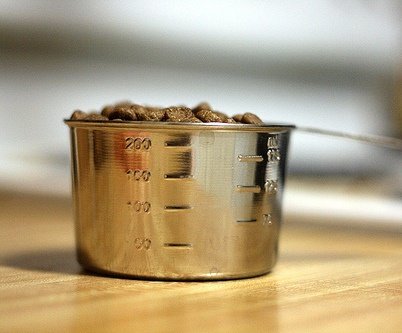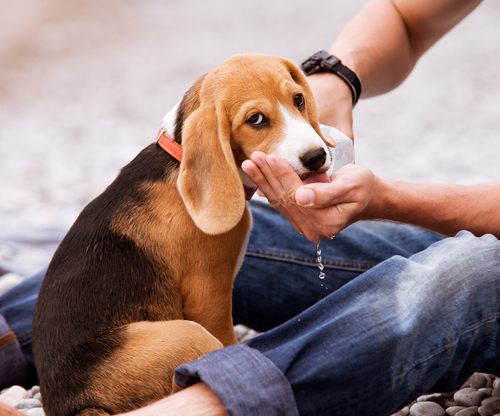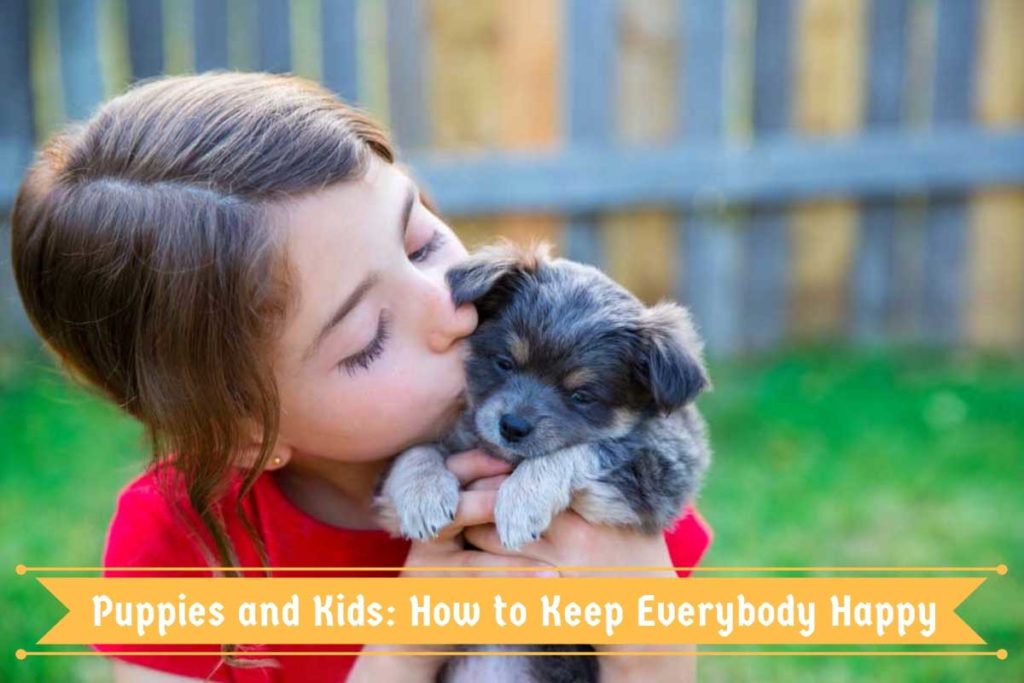
Raising puppies and kids together can make for a rewarding experience for everyone involved. Puppies love kids and kids love puppies. Furthermore, adults love seeing kids and dogs playing happily together. And nearly everyone who grew up with a puppy and spent their childhood growing with a dog remembers the experience fondly.
But, in order for this to work for a family, it’s important for the adults in the home to know how to keep everyone involved happy. Puppies and kids need structure and boundaries, with each other and with life in general. In order for raising puppies (or rather to train a puppy), and kids to be a happy experience with fond memories, there needs to be some planning in advance.
How can you make puppies and kids happy in your home?
Contents
Before You Bring Your Puppy Home
The bond between a kid and a puppy begins the moment the second factor in this pair enters your home. In most cases, the puppy will come after the kid because puppies are only puppies for a very short time. Introducing a full-grown dog to a baby is a little bit different than introducing a puppy and a kid—especially if the pup is prone to nipping.
Here’s what you need to know if you’re bringing a puppy into a home with a kid:
Puppies and children have a lot in common. They are both easily excitable, tend to be curious, and don’t have much patience to speak of. They both need boundaries and discipline but they also need occasions to explore and play and be young.
There are a few important considerations to take into account before you introduce your puppy and your kid. These include
- Safety
- Communication
- Modeling good behavior
- Understanding the maturity level of your child
Kids can play a major role in training a puppy and teaching the family’s new pet how to behave in their home, but the adults need to know what the kids can handle. For instance, if your pre-school age child wants a puppy, you can’t expect the child to handle all of the responsibilities on their own. On the other hand, if you have a 14-year-old kid asking for a puppy, your older child can take on a great deal of the responsibilities associated with a pet.
However, it’s important to assess your specific child and know their capabilities and set your expectations accordingly. It’s better to assume you’ll be the primary caretaker for both any puppies and children in your home and if your child takes on more than you expected, consider yourself lucky.
One of the most important things you can do when bringing a puppy into a home with children is to focus on patience. This means ensuring you are patient with everyone involved and teaching your child to be patient. Puppies and children both need guidance and help with controlling their behavior and establishing boundaries. The more you take a patient approach to everything about raising puppies and children the better off everyone will be.
Introducing Puppies and Kids
Introducing your new puppy to your kids is an exciting moment. However, it’s important to think it through and prepare a proper greeting because children tend to get overexcited about puppies and puppies can do the same. Conversely, an overexcited child can be very frightening for a small pup and an uncontrolled moment can start things off on the wrong foot.
Remember, kids smell and sound different to adults, move in unpredictable ways, and can appear threatening to puppies. Some larger breeds might love the idea of a little kid, but smaller dogs can be intimidated, even as they grow older. Make sure you are on guard when kids and puppies are interacting, especially in the early stages when they are first meeting.
The introduction of your puppy and your child (or children) should be predicated on the age of your child. Introducing a toddler to a puppy is much different than introducing an elementary aged child to a puppy.
Keep in mind that, even though your child means no harm to your new puppy, it’s still possible for a child to hurt a puppy. Some breeds are sturdier than others, but it’s still important to carefully monitor all interactions between your child and puppy until you know the child is old enough to not accidentally injure the pup. Also, remember that a scared puppy or dog will act out to protect itself.So, even if your child doesn’t hurt the puppy, should the puppy feel threatened in any way, the child could end up with a nasty nip. The important thing is to carefully supervise the time your puppy and child spend together in the beginning when they first meet.
The first meeting between a puppy and a child should be done in a safe and secure location. It’s probably best to bring your new puppy home to your child, though this isn’t always necessary and a child can go with you to the shelter or breeder to pick up the puppy.
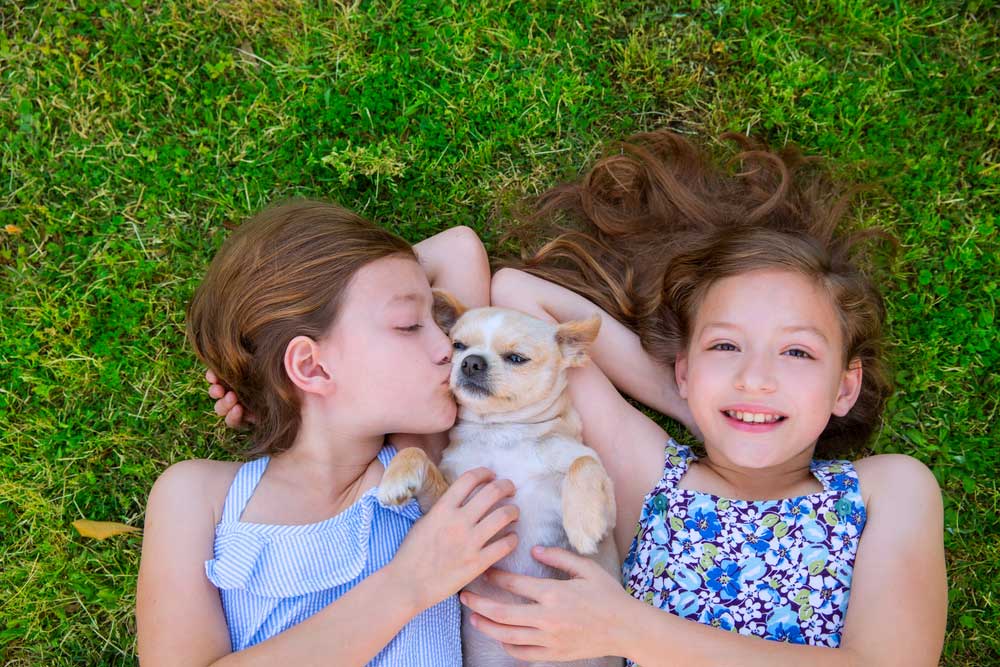
Make sure you speak to your child in advance about being calm and quiet when meeting the new puppy and then offer reminders throughout the meeting. Even if you have a very young child, it’s important to provide instructions about being gentle and quiet around the new puppy. This is an important time for a child to learn about interacting with animals and it’s your responsibility to provide this education.
It’s also a good idea to practice quiet puppy talk in advance. Consider teaching your child to use a “puppy voice,” much like you’d teach them to use an “indoor voice” when not playing outside. Puppies are scared of high-pitched screams, which is so often the way many excited toddlers communicate. Helping your child learn to use the appropriate volume around a puppy is essential to helping dog and kid form a great bond and to prevent the pup from being scared of the child.
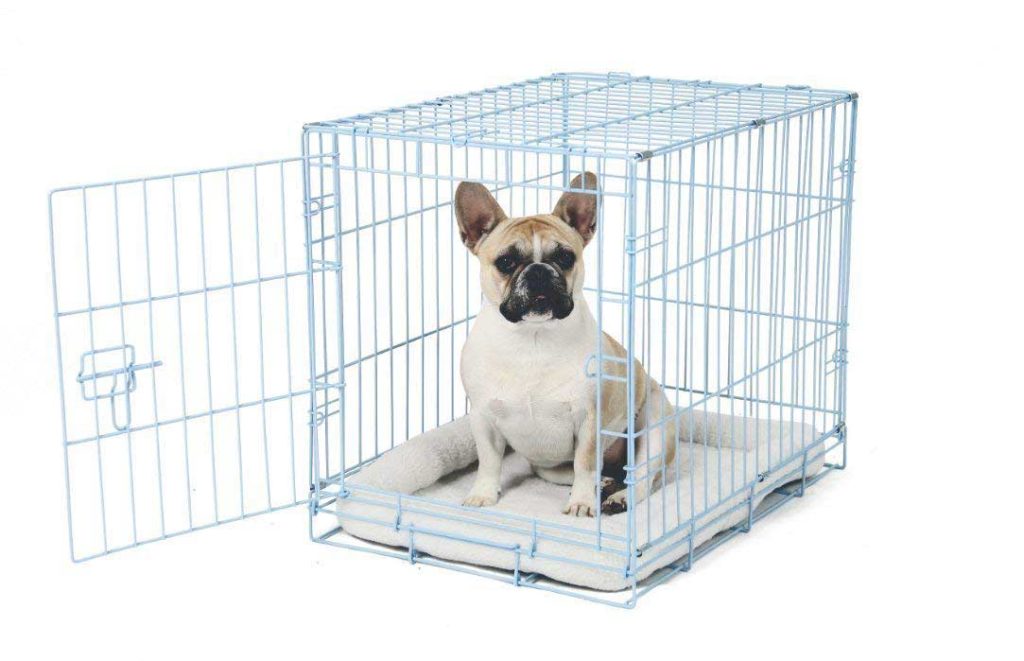
You should also make sure your puppy has a safe place to which to retreat if things become a little overwhelming. It is most likely that, if your child is calm and quiet during the meeting, everything will be fine. However, just in case the puppy feels overwhelmed, have an exit strategy planned. The space you provide a puppy, which is usually a box orcrate, is his space. Make sure your child knows not to go into this space initially and that it’s the puppy’s private space.
Kids Need to Learn Limits around Puppies
During the initial meeting, instruct your child to ignore the puppy. Have them sit down quietly and avoid eye contact with the puppy. In most cases, the puppy will come to the child and there will be a dog-initiated introduction. The puppy might lick or sniff your child, which allows the pup to feel comfortable and confident. It might even be a good idea to make a game of ignoring the puppy. This is a great way to get even an over-excitable child to be calm and allow the puppy to initiate the first interaction between the two.
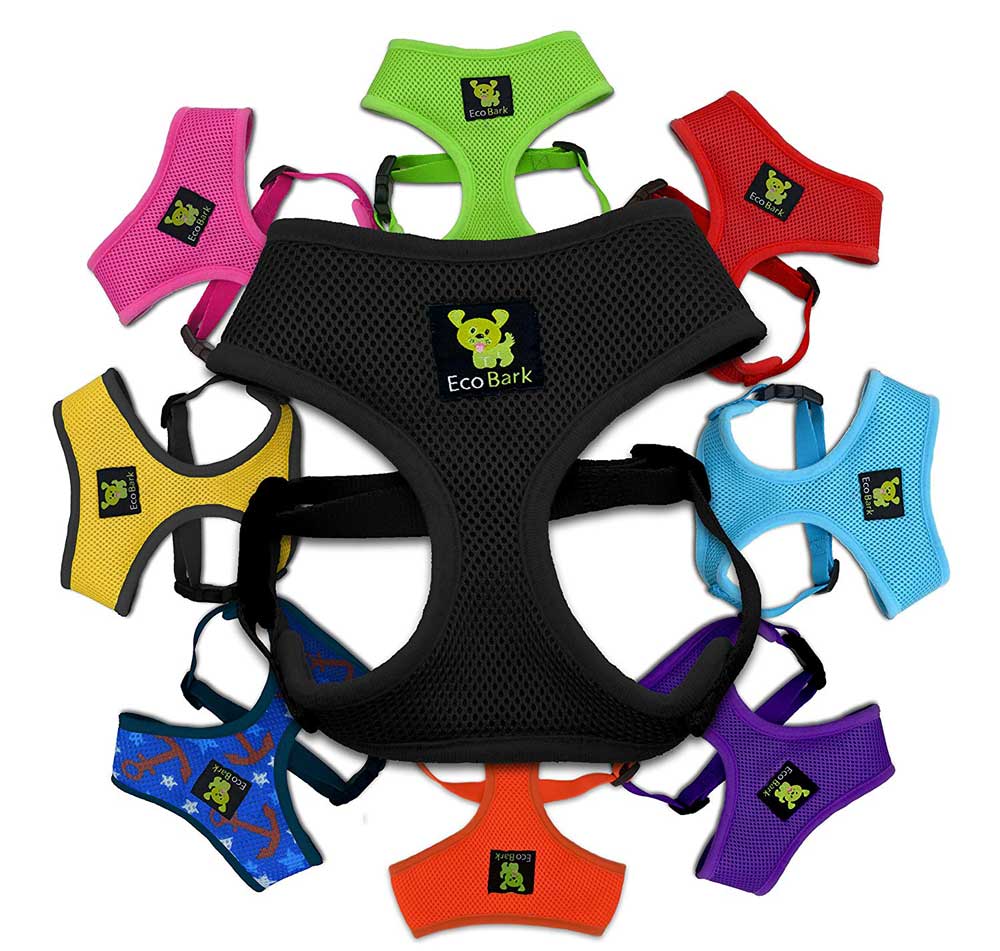
It’s important kids not chase or roll around with the puppy during the initial few meetings. Have your child sit on the couch or floor when meeting the puppy at first and interact with gentle petting and reassurance. There will be plenty of time for rough and tumble play as the two get to know one another and the puppy grows up. You want to give a puppy as much control of the meeting as possible and allow the puppy to feel confident and safe, initiating play while the child sits still. You might even consider putting your pup’s harness and leash on for the meeting so you have some control over the movement. Some puppies also feel more secure when tethered to a confident adult, which can also help.
Your child can lure the puppy over with a few tasty treats if the puppy is reluctant to make contact. Keep in mind that, if your child holds the treat in their hand, the puppy may accidentally nip at their fingers. It’s better to place the treat on the ground near the child and allow the puppy to move closer. Ease into hand-feeding when allowing your child to give your new puppy treats.
Sleeping Arrangements
Depending on the age of your child, they might want the puppy to sleep in their bedroom or their bed. This probably isn’t the best idea but can work, in some cases.
Most pet owners allow their pets to share their beds, but the statistics are based on adults or older children and full-grown pets. It’s not a good idea to allow a young child to share a bed with a dog or allow a puppy to sleep in bed with a child of any age. There are several reasons for this.
Your puppy is not yet potty trained, so there’s a good chance if they are sleeping in bed with anyone, an accident is likely to happen in bed. This is far more likely if the co-sleeper is a child and doesn’t wake up when the puppy raises a potty-time alert.
It can also be unsafe for pups and kids to share a bed together because children tend to be deep, oblivious sleepers. It’s possible your child could roll onto the puppy and injure it. At the very least, this would be scary for the puppy and could result in your child being nipped.
It’s also important for your child and your puppy to get decent sleep, so having them in the same bed is probably a bad idea in terms of calming things down and allowing for quality rest. The likelihood of a puppy and a child not exciting one another enough to fall asleep is fairly slim, especially when you’re dealing with a younger child.
As your puppy ages, you can allow them to sleep in your child’s room, especially if you set clear boundaries and you’re confident the dog won’t need to potty overnight. Initially, however, it’s better if sleep time is non-puppy time for your child.
Play
Puppies and kids playing together is a joy for the entire family. It’s one of the best memories your child will have and they will carry it throughout adulthood. But it’s important you monitor play in the early days and set boundaries for both puppy and kid.
You can make play a better experience by showing your child a few simple games to play with the new family puppy. If your child is old enough to grip and throw a ball, a simple game of fetch outdoors or indoors can occupy both for long stretches of time. If you have a larger breed, it might be better to roll the ball down a hallway or across a larger room when fetching indoors.
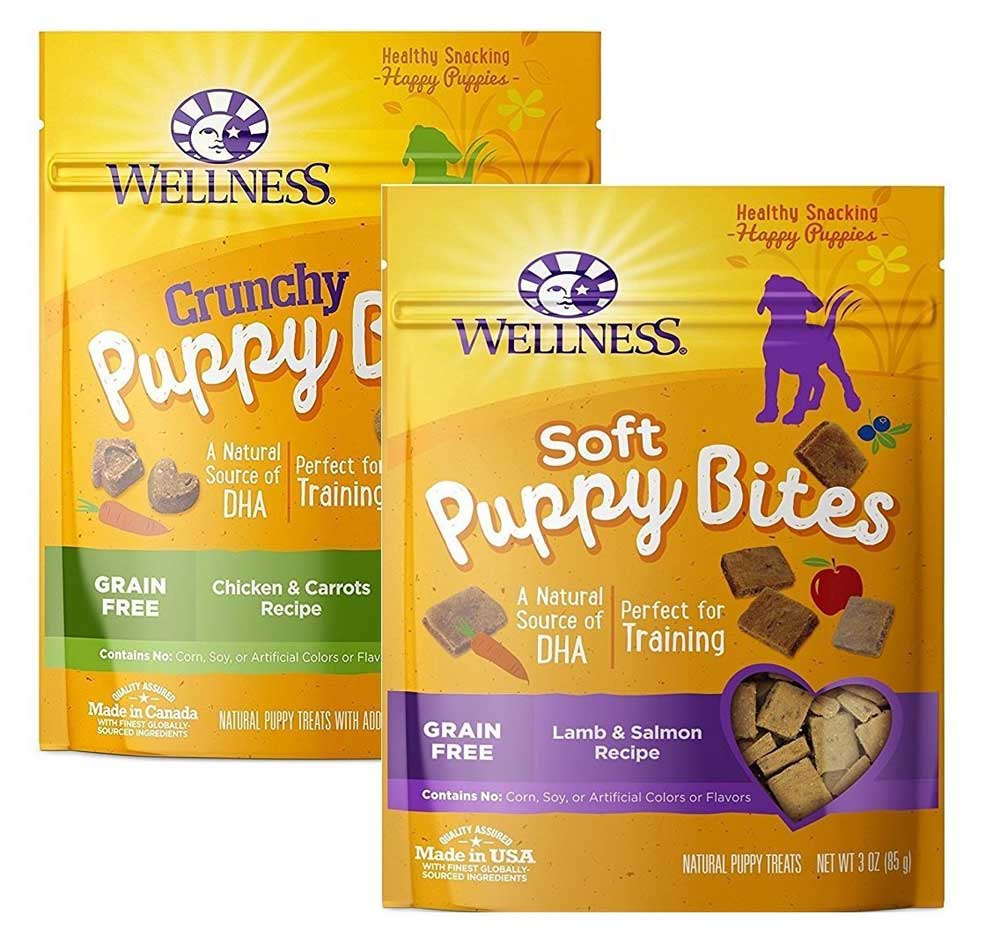
Another fun game involves hiding treats for the puppy to find. Your child can get in on the action by choosing hiding areas or helping you do so. This teaches the puppy to hone his sense of smell and makes for a fun game that tires out both puppy and kid. Dogs of all ages love to be challenged and your child can gain independence by participating in the fun.
Chasing games can be fun, but it’s important to be careful. You don’t want to teach your pup to run from you, so it might be better to wait awhile before implementing games of chase between puppy and child. This can be challenging, of course, but if you can help your child control the game, make it so the puppy is chasing the child and not the other way around. This way, your puppy won’t learn that running from humans is fun.
The relationship between a puppy and a child is one that can be a long-term bond. As puppies grow, they can provide emotional support, protection, and companionship for your child. Many of us remember our relationship with our childhood pets as some of the greatest we’ve ever had. Owning a pet is also a great way to teach a child compassion and responsibility, but it requires careful guidance from adult family members. With a positive start, your child and your new puppy can be friends for life.
I grew up in a household that was filled with animals. I believe that my fate as a dog-loving person was sealed in early childhood since my parents owned several dogs of varying sizes and breeds. There was no choice but to take care of and learn about dog habits and the best animal care practices — otherwise, I’d be clueless about how to go about the creatures I was surrounded by day and night.
As a life-long puppy lover, I know a thing or two about dogs and how to go about caring for them in the best way possible. Although I’m not a professionally trained dog behaviorist, trainer, or veterinarian, all of my knowledge and experience with canines comes from a place of love and a deep-rooted passion for dogs and animals in general.
Seeing as dogs kept me company throughout every stage of my life, I decided to follow a different path in my academic life and obtained a Bachelor’s and Master’s degrees in Marketing Management and Digital Advertising, which ultimately allowed me to combine my professional training and personal experience by creating the ultimate dog lover’s resource website! Along with my husband, Dave, I run MySweetPuppy for like-minded dog lovers who want to have a single, clear, and reliable information source about anything and everything related to dogs and their well-being.

